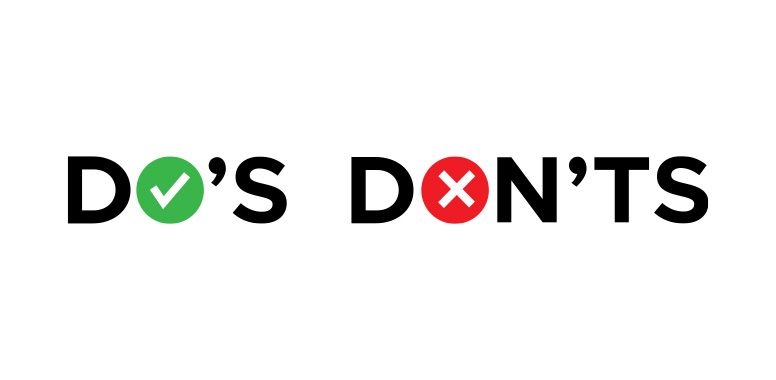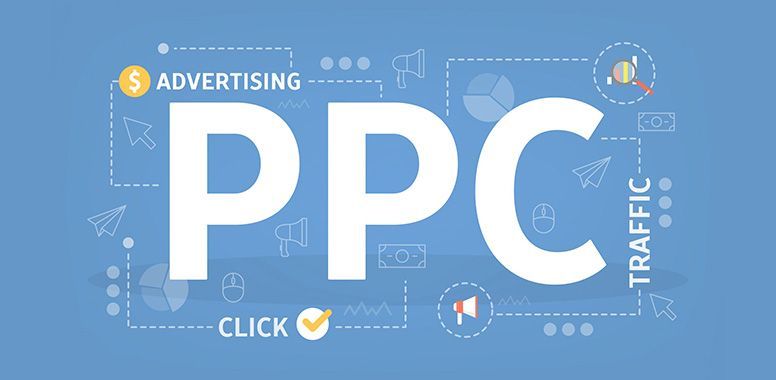Amazon DSP 101: Elevate Your Brand with Precision Advertising
In today’s competitive and ever-evolving world of digital advertising, reaching the right audience at the right time is more crucial than ever. Amazon DSP offers a game-changing solution, combining the precision of programmatic advertising with the unparalleled reach of Amazon’s vast ecosystem. Whether you’re aiming to enhance brand awareness, drive sales, or re-engage potential customers, Amazon DSP equips you with the tools to craft powerful, data-driven campaigns that connect with your ideal customers. In this blog, we’ll dive into what Amazon DSP is, how it works, and how you can harness its full potential to elevate your advertising strategy.
What is Amazon DSP?
Amazon DSP or Demand-Side Platform, is a programmatic advertising platform that allows advertisers to buy video, display, and audio ads both on Amazon and across the web. It enables brands to reach Amazon shoppers and other audiences through targeted ads, leveraging Amazon’s vast amount of first-party data.
Key Components of Amazon DSP
1. Audience Targeting - Amazon DSP offers advanced targeting options, including demographic, lifestyle, and in-market segments, as well as retargeting capabilities to reach users who have interacted with your brand.
2. Creative Options - Advertisers can choose from various ad formats, including display banners, video ads, and audio ads, making it versatile for different campaign goals.
3. Reporting and Analytics - The platform provides comprehensive reports that offer insights into campaign performance, audience behavior, and more, allowing for data-driven decision making.
4. Programmatic Buying - Amazon DSP uses automated, real-time bidding to place ads, ensuring that ads reach the right audience at the optimal time.
Types of Managing Amazon DSP
When managing Amazon DSP campaigns, advertisers have two primary options: Self-Service and Managed Service. Each option offers different levels of control, support, and cost, depending on your needs and experience with programmatic advertising.
1. Self-Service
With the self-service option, you have complete control over all aspects of the campaign, including targeting, budgeting, and creative strategies. You can make real-time adjustments and optimizations as needed. Typically, there’s no minimum spend requirement, making it a more flexible option for advertisers with varying budgets.
2. Managed Service
The managed service option involves working directly with Amazon’s team, who handle all aspects of the campaign on your behalf, from setup to optimization. This means that you get access to Amazon’s team of experts who will manage and optimize your campaigns, leveraging their experience and insights.The managed service often includes advanced optimization techniques and strategic guidance to help maximize your campaign’s performance.
How Much Does Amazon DSP Cost?
The cost of using Amazon DSP varies depending on several factors, including the scope of your campaign, targeting options, ad formats, and overall budget. Here are some key points to consider:
1. For managed service through Amazon DSP, there is typically a minimum spend requirement, which can range from $35,000 to $50,000, depending on the region and the campaign goals.
2. If you choose the self-service option, you have more flexibility with your budget, and there’s generally no strict minimum spend requirement. However, you will need to manage the campaigns on your own or through an agency, which can affect overall costs.
3. Ad Format Costs: The cost can vary based on the type of ad formats you choose. For example, video ads typically cost more than display ads due to higher production and engagement levels.
4. Bidding Model: Amazon DSP uses a real-time bidding (RTB) model, where the cost is determined by the competition for the target audience. The more competitive the audience segment, the higher the cost per impression (CPM).
Where are Amazon DSP Ads Shown?
Amazon DSP ads are shown across a wide range of platforms, both within the Amazon ecosystem and on third-party websites and apps. Here’s where you can expect your Amazon DSP ads to appear:
1. Amazon-Owned Properties
Amazon.com: Ads can appear on Amazon’s main site, including product detail pages, search results pages, and the homepage.
IMDb: Display and video ads can be shown on IMDb, which is owned by Amazon, reaching an audience interested in movies, TV shows, and entertainment.
Fire TV: Ads can be displayed on Amazon’s streaming platform, Fire TV, reaching users while they browse or watch content.
Amazon Devices: Ads may also appear on Amazon devices like Kindle and Echo, offering unique placements to reach users directly through these devices.
Amazon Music: Audio ads can be placed on Amazon’s music streaming service, reaching listeners as they enjoy their favorite songs and podcasts.
Twitch: Ads on Twitch, the popular streaming platform owned by Amazon, are available, targeting a highly engaged audience, particularly in the gaming community.
2. Third-Party Websites and Apps
Amazon Publisher Services - Amazon DSP provides access to a network of third-party publishers, allowing ads to appear on high-quality websites and apps outside of Amazon’s own properties.
Ad Exchanges - Through real-time bidding, Amazon DSP places ads on various ad exchanges, extending reach across the broader internet.
Mobile and Desktop Platforms - Ads can be shown on mobile apps, mobile web, and desktop sites, ensuring that your campaign reaches users across all devices.
3. Video and Audio Platforms
Video Platforms - Amazon DSP supports video ad placements, allowing your ads to be shown on popular video platforms, including Amazon’s own IMDb TV and other partner networks.
Audio Streaming Services - Audio ads can be played on Amazon Music and other partnered audio streaming services, engaging users while they listen to music or podcasts.
Creative Types in Amazon DSP
Amazon DSP offers a range of creative ad types to help advertisers reach their target audiences effectively across different platforms. These include:
Display Ads - Static banners, dynamic ads personalized based on user behavior, responsive eCommerce ads, and custom image ads that provide creative freedom.
Video Ads - In-stream video ads that play before, during, or after video content, out-stream ads that appear in articles or social feeds, and OTT ads shown on connected TV devices.
Audio Ads - Streaming audio ads and companion banners that reinforce the audio message visually.
Rich Media Ads - Interactive ads like expandable, shoppable, and other rich media formats that enhance user engagement.
Native Ads - Ads that blend seamlessly with the content on the page for a less intrusive experience.
Custom Ads - Tailored experiences such as microsites and interactive storytelling to create a memorable brand presence.
These options allow advertisers to select the most suitable formats for their campaign goals, enhancing brand awareness, engagement, and conversions.
Types of Targeting in Amazon DSP
Amazon DSP offers a range of precise targeting options, leveraging Amazon's first-party and third-party data to ensure ads reach the right audiences. The main targeting types include:
Audience Targeting - Reaches users based on their in-market behavior, lifestyle, demographics, and interests.
Behavioral Targeting - Focuses on retargeting and remarketing users who have interacted with your brand or made past purchases.
Contextual Targeting - Delivers ads relevant to the content users are viewing, including keyword-based and content-based targeting.
Device Targeting - Ensures consistent messaging across multiple devices, including connected TV.
Geographic Targeting - Targets users based on their location, down to specific regions or areas.
Lookalike Targeting - Expands reach by targeting new users similar to existing customers.
Dayparting and Frequency Capping - Controls when and how often ads are shown to avoid overexposure.
Custom Segments - Allows highly specific audience creation using your own data or Amazon interactions.
These targeting options enable advertisers to deliver personalized and relevant ads, boosting engagement and conversion rates.
Ready to Elevate your Digital Marketing Strategy?
As the digital advertising landscape continues to evolve, Amazon DSP offers a powerful platform to connect with your target audience in meaningful and impactful ways. With its sophisticated targeting options, diverse ad formats, and access to vast first-party data, Amazon DSP allows you to craft campaigns that resonate deeply with consumers and drive tangible results.
Don’t let your brand miss out on the opportunity to reach the right customers at the right time. Start leveraging the power of Amazon DSP today and watch your marketing efforts reach new heights. Whether you’re looking to boost brand awareness, re-engage past customers, or drive conversions, Amazon DSP has the tools you need to achieve your goals. Ready to take the next step? Contact us here or book a zoom call to explore how Amazon DSP can be the catalyst for your brand’s success.


